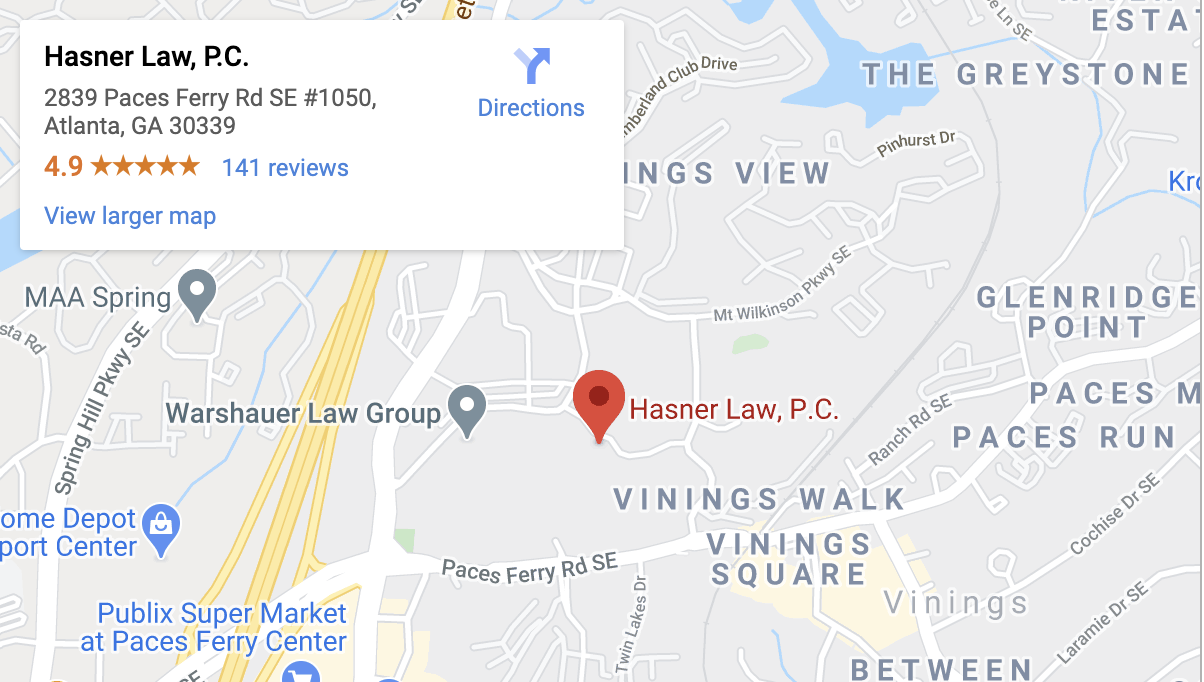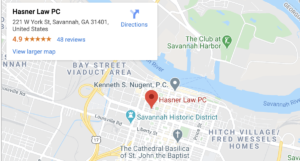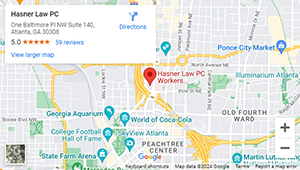Car Color and Crash Risk

What do you think about when you’re buying or leasing a new (to you) car? You probably search for vehicles that have great reviews and excellent crash ratings. What you might not be overly concerned with is color. However, some research shows that the color of your car might be related to your chances of getting into a car accident. Researchers have discovered that some colors are associated with increased crash risk, while others are much less likely to be involved in collisions.
The Safest Color Car Choices
Here’s a breakdown of the safest color car choices, beginning with the color that’s associated with the lowest crash risk.
White
Cars that are white are less likely than other colors to be involved in a traffic accident. In fact, when compared to black cars, white cars are 12 percent less likely to crash.
Reasoning: White cars stand out. They don’t blend into their surroundings, regardless of whether they’re being driven in a city like Atlanta or out in a more rural setting. High visibility is believed to be why white cars are the safest choice.
Yellow
Some researchers are adamant that yellow cars – not white – are the safest choice. There’s a reason taxi cabs and school buses are yellow – they’re easy to spot.
Reasoning: Yellow cars stand out. Just like white cars, they’re not going to blend into the background or landscape.
Orange
There aren’t many orange cars on the road, but maybe there should be. Orange cars are associated with a lower crash risk than other colors.
Reasoning: When you’re driving around, think about your surroundings. What’s orange? In reality, the answer is probably “not much.” Bright orange cars are pretty easy to spot and, many times, stick out like a sore thumb. So, again, visibility can help to explain why orange cars are involved in fewer crashes than many other colors.
Gold
Gold tends to be one of the safer choices when it comes to the color of your car.
Reasoning: Visibility. Gold shines. It sparkles. It’s stunning. Since gold is pretty easy to see, it follows that vehicles of this color won’t be involved in as many crashes as others.
The Most Dangerous Car Colors
Here’s a breakdown of the most dangerous color choices for your car, beginning with the one with the highest crash risk – black.
Black
Pretty much every study that’s focused on car color and crash risk has concluded that black vehicles are more likely than others to be involved in motor vehicle accidents. It might not be surprising to learn that the relative risk varies based on the time of day.
In one study, researchers discovered that you’re approximately 47 percent more likely to be involved in an accident at night while driving a black car. During the day, the relative risk is lower, but still significant. The likelihood of a crash increases by between 10 and 20 percent when the sun is shining, depending on who you ask.
Reasoning: Black cars are hard to see. Visibility is very low. These dark vehicles are much more likely to blend into the landscape on the road, especially at night. If other motorists can’t see your black car, a crash is much more likely to happen.
Grey
When compared to white cars, grey vehicles are 11 percent more likely to be involved in an accident.
Reasoning: Grey cars, much like black ones, can be really tough to see. This is particularly true if it’s cloudy or foggy out. Limited visibility increases the risk of an accident.
Blue
While there are a lot of different shades of blue, blue cars tend to be of a dark variety. That might be why blue cars are associated with an increased crash risk of about 7 percent.
Reasoning: Blue vehicles can be really tough to see. Dark blue cars might be difficult to see at night against a dark sky, while lighter shades of blue might blend into the daytime sky.
Red
When shopping for a car, you might shy away from a red car simply because you think you’ll be more likely to get pulled over. This actually isn’t true. However, the decision to go with a different color choice might be a good idea but for a different reason. Red cars are 7 percent more likely to be involved in an accident, at least when compared to white ones.
Reasoning: When you drive around, a lot of your surroundings might be red. Between stop signs, red traffic signals, brake lights, and first responder lights, there’s a lot of red on the road. It can be tough to distinguish a red vehicle under these circumstances.
Green
Green cars aren’t really associated with an increased OR decreased crash risk. They’re kind of in the middle of the road. Green cars are involved in more accidents than white ones, but fewer crashes than vehicles that are darker.
Reasoning: Green cars can be difficult to see at times, which is why they fall into the “dangerous” car color category. This is particularly true when you’re out on the open road where grass and farmland are all you can see for miles.
The Jury is Out on Silver Cars

Silver cars account for nearly one out of every four new vehicles on the road. Is silver a safe color choice? Two different studies attempted to answer this question and ultimately came up with two very different answers.
In one study, researchers concluded that silver cars are more dangerous than others. There, silver vehicles were associated with an 11 percent increased crash risk when compared to white cars.
In another study, researchers found silver vehicles to be the safest color choice of all. There, silver vehicles were found to be 50 percent less likely to be involved in an accident than white cars.
Why Silver Might Be Safe: Silver – not grey – is shiny and bright. They tend to stand out and don’t get lost in the scheme of things. When a car is highly visible, it’s less likely to be involved in an accident.
Why Silver Might Be Dangerous: Research suggests that 23 percent of new cars are silver. That’s a lot of silver on the road. Silver cars can potentially blend into the background, especially in an urban setting. When silver cars are difficult to distinguish, the likelihood of an accident might increase.
Car Color Isn’t Everything

You’re not going to completely eliminate the chances of getting into an accident just because you drive a white car. Similarly, you’re not doomed to get into a crash because you have a black car. Color is just one part of a very complicated equation. At the end of the day, there are other factors that are probably much more likely to influence your chances of getting into a car accident.
Drunk Driving: When driving under the influence of drugs or alcohol, you’re about twice as likely as a sober driver to get into an accident. The higher your blood alcohol concentration (BAC), the greater the risk.
Texting and Driving: If you read or send a text while driving, you’re 23 times more likely to get into an accident than safe drivers.
Dialing and Driving: You’re 2.8 percent times more likely to get into an accident if you are dialing a phone while operating a motor vehicle.
Speeding: Studies suggest that driving slower can significantly reduce the risk of an accident. Specifically, the risk of a crash drops by 2 to 3 percent for every 1 km/h decrease in speed.
Other factors that might contribute to an accident include road conditions (e.g., potholes, uneven roadway surfaces), construction, time of day, vehicle defects and malfunctions, and inclement weather.
Injured in a Car Accident? Let Our Atlanta Car Crash Lawyers Help
An accident can have some serious consequences, regardless of the color of the car you were driving at the time. If someone else caused you to get hurt, the Atlanta personal injury lawyers at Hasner Law Injury & Workers’ Compensation Attorneys can help you fight to hold them fully accountable. We’ll stand by your side and pursue all available damages, which could include money for your medical bills, lost wages, and even your pain and suffering. With more than 80 years of combined experience helping car accident victims in Georgia, you can trust that your case will be in good hands.
Our Atlanta law firm offers a free consultation, so give us a call at (678) 888-4878 to schedule yours today.
Related Articles
- Do I Need A Lawyer After A Hit And Run Accident?
- Common Car Accident Scenarios: Causes & Determining Fault
- What Are Car Seat Laws In Georgia?
- What If The Other Driver Doesn’t Have Insurance?
- Atlanta Car Accident Statistics
- Can I Be Compensated For Pre-Existing Conditions After A Car Accident?
- Car Inspection Laws






